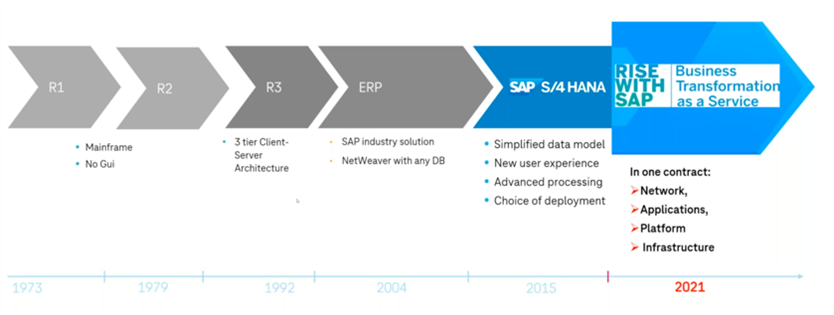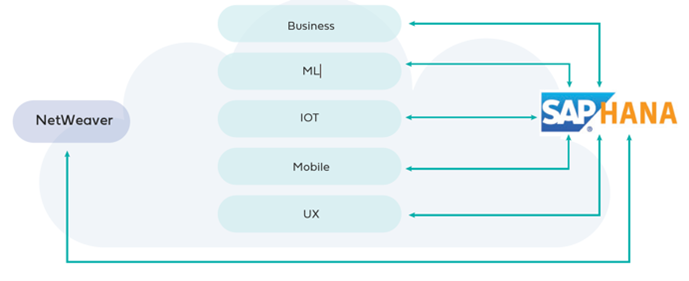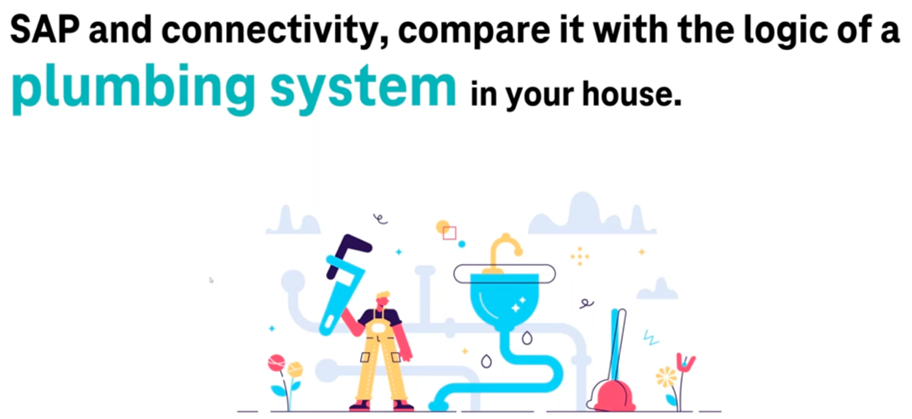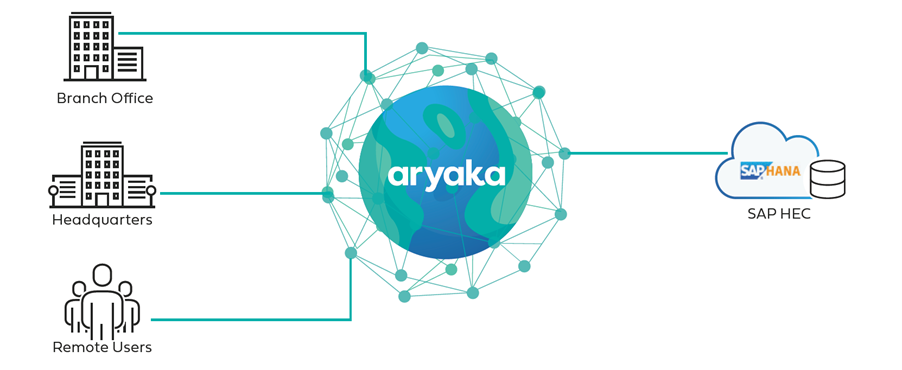SAP and Connectivity: Is Poor Plumbing Killing Your Experience?

Did you know that 98% of the 100 most valued brands are SAP customers? Or that SAP systems touch almost 77% of the world’s transaction revenue?
Serving well over four and a half million active customers across 180 countries, there is barely any vertical that the SAP Suite doesn’t tap into. Manufacturing, logistics, finance, sales, supply chain to IoT, cloud, and everything else in between — you name it.
To fend off the competitors squeezing into the expanding competitive crevices of their market and considering rapid tech advancement as the backdrop for the foreseeable future — SAP banks on innovation for staying ahead of the curve.
No. I am not making a generic statement. SAP invested more than €4.2 billion in research and development in 2019. You believe me now?

Say Hello to SAP S4 HANA
For readers who are not aware, HANA stands for High-Performance Analytical Appliance. Allow me to translate.
The SAP HANA platform paves the way for a new class of real-time analytics and applications in addition to existing SAP tools. It leverages an in-memory database, which is orders of magnitude faster than any traditional database running on spinning media and is designed to instantly analyze vast clusters of data as it is created, negating the need for complex data management layers and storage.
Its USP? It injects a mammoth amount of data from numerous endpoints, including but not limited to:
- UX/UI data coming from the websites
- Data from the mobile workforce
- The IoT devices and the machine learning units
- The NetWeaver stack that constantly talks back and forth to the HANA database.
Including multiple other non-traditional data sources, SAP HANA lets user access a vast volume of structured and unstructured data instantly, with near-zero latency, allowing them to query data in an instant, on-demand as and when needed.

Poor Plumbing Killing the Experience?
Do you see that water tank sitting on top of your house? Ideally, it holds enough water to comfortably take care of your routine chores for a few days. How good is it though if your plumbing system is not up to the mark? All that water sitting in the tank is no good if it doesn’t flow into the kitchen tap. The case with SAP and network connectivity is no different.
Your SAP Database is the water tank, and the network connectivity is your plumbing system.

Traditional networks did a fine job back when the connectivity requirements were straightforward. When workplaces had well-defined perimeters, and applications such as SAP used to stay put in private data centers.
But then multiple trends caught up, and users started spreading. Not to forget, the COVID catastrophe only fueled the situation. User reliance on data also quadrupled within the span of a few years.
Consider IoT tech, for instance. Not does this generate a massive amount of data, but it also needs to be shared it with numerous applications.
The same goes for SAP. Users use their SAP applications from pretty much everywhere. Therefore, even SAP HANA needs a robust network to facilitate data replication at numerous sites — especially remote ones. There is also the security side to it, but we will save that story for another day.
What Is It Going to Be?
By 2023, almost 80% of SAP users will fully or partially move to the cloud. If you’re reading this blog, there are high chances that your organization is already contemplating it. (If they haven’t switched already). So, how do you plan on fixing that plumbing system?
The Public Internet?

Apart from the fact that your business traffic will be competing for bandwidth with videos of cats and dogs, there are multiple other reasons why it’s not a great idea.
The internet is the breeding ground for latency, packet loss, and jitter. What it means in English is that it fails to keep up with huge file transfers and large numbers of data packets being sent by SAP web applications. As the inconsistent latency kicks in, it disrupts the throughput, even over smaller distances, due to network congestion and network peering policies.
The result? Dropped data, slower transmissions, connection time-outs, and mediocre SAP web application performance
MPLS?

Not only does the rigid nature of MPLS goes against the founding ideology behind SAP HANA, which is to decentralize the SAP presence and make it available anywhere and everywhere; it is also hard for a tool that banks heavily on the to-and-fro movement of data between different operational units and remote workers, to work with the hub and spoke architecture of the MPLS.
This architecture inadvertently overwhelms the network with data backhauling, causing the traffic to “trombone,” resulting in an inefficient route that increases the distance between the user and his or her application. This in addition to MPLS flexibility and scalability limitations.
Think Cloud-First
Connecting your branch offices to SAP HEC does not have to be difficult. What if there was an easy way to connect directly to and between all your SAP instances, without MPLS, complicated appliances, or the need for peering?
Just like HANA, Aryaka, the Cloud-First WAN was built from the ground up on cloud-first principles. It lets users connect to their SAP HEC instances in 30 milliseconds or less, securely, from anywhere in the world.

Do you want to know more about how we do what we do? Read our solution brief on SAP HANA to know more about the intelligence that Aryaka binds with your SAP applications — especially the S4 HANA.
You can also learn how we helped a US-based specialty chemical manufacturing enterprise with 5,000+ employees deal with the abysmal performance of their SAP Suite.
Want an in-depth perspective of the SAP landscape? Check out our webinar on optimizing SAP HANA Performance with Aryaka, The Cloud-First WAN.
Need to move faster? Request a free-demo.
- Calypso improved Microsoft SharePoint and Exchange performance by up to 13x
- Bajaj Electricals Enhances VoIP and Web-Conferencing Application Performance
- ThoughtWorks Chooses Aryaka SmartConnect for Faster Application Performance
- Xactly Replaces MPLS, Achieves 6x Faster RDP Performance
- Schenck Process Deploys Unified, Global Network and Solves Global Application Performance Issues
- NVIDIA Experiences 80% Faster Application Performance
- Global Retailer Displaces MPLS to Achieve 20X Faster App Performance
- Enterprise Professional Services company Improves App Performance
- Here’s What No One Tells You About Application Performance
- SD-WAN Solutions for Office 365 Application Performance
- How Latency, Packet Loss, and Distance Kill Application Performance
- How SD-WAN Can Improve Office 365 Application Performance 20x
- SD-WAN Solutions for Office 365 Application Performance
- How to Improve Application Performance for the Remote and Mobile Workforce
- How SD-WAN Can Improve Application Performance for Global Enterprises
- Are SaaS Cloud Applications Slowing You Down?




